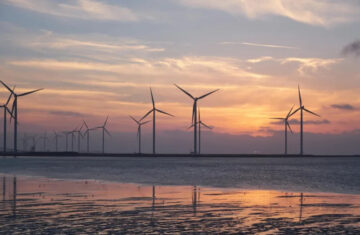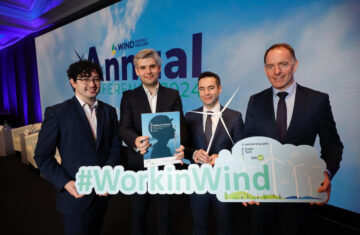In April 2023, The Gambia’s first large-scale solar energy facility was inaugurated in Jambur, ushering in a new era of energy development. The 23 MW solar plant, which was constructed by Chinese company Tebian Electric Apparatus and has an 8 MW electricity storage system, helps the nation become less dependent on imported fossil fuels.
The goal of the Jambur solar park, according to Gambian President Adama Barrow, is to “accelerate the country’s transition to a 50% supply of electricity from renewable energy sources by 2030.” In order to support national energy security and the financial sustainability of the state-owned National Water and Electricity Company (NAWEC), Nani Juwara, the managing director of NAWEC, has also advocated for sustained investments in renewable energy.
With well-known organizations like FAR and the Nigerian National Petroleum Corporation involved in oil and gas exploration offshore The Gambia, the MSGBC basin has emerged as a hub for hydrocarbon exploration. Simultaneously, The Gambia is quickening its transition to renewable energy to keep up with the country’s 5.5% increase in power consumption in recent years. The Gambia has an average of 3,000 hours of sunshine per year, which translates to a daily minimum solar production capacity of 4 kWh per m2. With wind speeds of 3.4 to 4.2 meters per second at a height of 30 meters, the nation has ideal wind power circumstances.
Currently, The Gambia faces demand exceeding 50 MW and generates only about 40 MW of the over 100 MW installed capacity of power generation. The government is responding to this by holding a tender in the second quarter of 2024 for the first 50 MW of a 150 MW regional solar park. In addition, an MOU was signed in September of last year with the Swiss engineering firm NEK Umwelttechnik AG to develop a wind farm that will have a capacity of 200 MW onshore and 350 MW offshore, with an anticipated commissioning date of 2027.
In the future, Green Hydrogen is being investigated by The Gambia as a clean energy source. The goal of an MOU with HydroGenesis’s subsidiary H2 Gambia Limited is to evaluate the feasibility of locally produced hydrogen for commercial use. The Gambia could gain from Senegal’s infrastructure, which is being renovated to support first oil and gas production, as well as from its advantageous location for regional and international exports. The MSGBC region’s transition into a green energy hub could be accelerated by more cooperation with Mauritania, which is planning more than 80 MW of green hydrogen projects.
Infrastructure investment is essential to achieving these goals. Building highways, renovating maritime complexes, and modernizing power generation and transmission infrastructure are all necessary to handle new and growing exports. Building on their current €100 million in investments in The Gambia’s renewable energy sector, development financial institutions like the European Investment Bank and World Bank, as well as potential offtakers like the European Union, stand ready to offer financial backing for these developments.
The most recent developments in green hydrogen and renewable energy in The Gambia and the surrounding region will be on display at the upcoming MSGBC Oil, Gas & Power conference and exhibition, which will be held in Dakar on December 3–4, 2024. The event will provide an essential platform for international investors by introducing them to prime trade, partnership, and investment opportunities, thereby facilitating the expansion of the energy sector.



